The wheel, the steam engine and the television remote control just some of mankind's greatest inventions. But there is another, almost equally significant invention, a device that revolutionised the retail industry, yet its merits are often unsung. It's the humble bar code and this year is the 25th anniversary of its arrival, in its present form, on UK supermarket shelves.
Many of its benefits are taken for granted quicker and more accurate checkouts, itemised shopping lists, greater stock control and even improved customer services would all be different without it.
The formation of the Article Numbering Association now known as E-Centre in 1976 paved the way for the European Article Numbering Association the next year. Both organisations had members from across industry who worked to develop the standards which gave birth to the first international bar code, the snappily named EAN-13.
The European standard bar code was launched in 1977 on an unsuspecting public, the majority of which were probably more interested in checking out Star Wars than their shopping system.
The basic system had been developed a few years earlier in the US as the Universal Product Code: the principle is that light is reflected from between bars of varying widths back to a scanner. Each set of signals is converted into a number or letter which acts as a product's ID.
But as Andrew Osbourne, director of policy research at E-Centre points out, it only covered North America. "It was renamed the Uniform Product Code when America realised it wasn't the universe. The EAN adapted that system for point of sale use in the rest of the world."
Since then, both EAN International and its US counterpart, the Uniform Code Council, have worked together to ensure the bar code standards are truly global.
However it wasn't until October 1979 that the technology was given a practical use and the now defunct Key Markets in Spalding, Lincolnshire, became the first scanning store in the UK.
At the time Key Market's financial director David Gordon spoke to The Grocer at the start of a six-month trial and said: "The new system will cope more efficiently with store traffic and help to reduce large queues, particularly at peak times." Staff then had the enormous task of manually sticking bar codes onto the majority of products to ensure the system worked, because fewer than 10% of the goods were bar coded at source by the manufacturer.
Says Osbourne. "The manufacturers were not prepared to commit to putting the symbols on their pack until they saw retailers commit to scanning technology."
However, with a rolling programme of promotion and education, both the source marking rate and the number of scanning stores began to rise throughout the early 1980s before exploding towards the end of the decade.
Over time new codes have been introduced, namely the ITF-14 and the EAN-128, which can do more specific jobs or contain more information, yet the traditional black and white bars have remained unchanged.
With more than five billion scanned transactions carried out daily, a study by PriceWaterhouseCoopers revealed that, until 1998, the introduction of bar codes had saved more than $17bn in the global grocery sector.
So, as with all good things, must it come to an end? One of the bar code's founding fathers in the US Alan Haberman says initially the scheme was given a life of 25 years. In response, the Auto-ID centre was founded at Massachusetts Institute of Technology in Boston to look into the future of radio frequency tagging.
Not everyone, however, is prepared to write off the bar code. E-centre's Osbourne says they are more likely to co-exist alongside newer technologies: "I think bar codes have a lot of life left. It was a revolution, but there's still much to do and the revolution is set to continue." n
{{FEATURES }}
Close menu
- Home
- Retail & Wholesale
-
Products & Suppliers
- Back to parent navigation item
- Products & Suppliers
-
Product Categories:
- Back to parent navigation item
- Product Categories:
- Alcoholic drinks
- Bakery
- Cereals & breakfast
- Cheese
- Chicken & poultry
- Chocolate
- Confectionery
- Crisps, nuts & snacks
- Dairy
- Fish
- Fresh produce
- Frozen
- Household
- Meat
- Own Label
- Sauces & condiments
- Seasonal
- Soft drinks
- Vaping
- Vegan & plant-based
- World foods
- Suppliers
- People
- Reports & Data
-
Topics A-Z
- Back to parent navigation item
- Topics A-Z
-
Popular topics:
- Back to parent navigation item
- Popular topics:
- Cost of living crisis
- Crime
- Deposit Return Schemes
- Finance
- Government & Regulation
- Health
- Inflation
- Loyalty
- Marketing
- Mergers & Acquisitions
- New Product Development
- Sourcing
- Supply chain
- Sustainability & environment
- Technology
- Ultra Processed Foods
- Vaping
- A-Z all topics
- Content by type:
- Events
- Subscribe now
Sign in to comment on this article
Not logged in before? Register for FREE guest access today.
You will be able to:
- Read more stories
- Receive daily newsletters
- Comment on stories
Advert

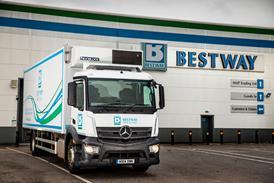
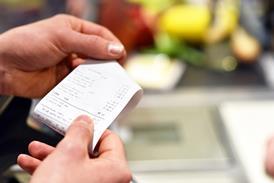
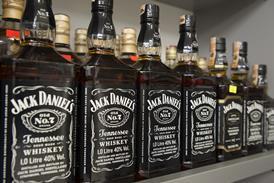
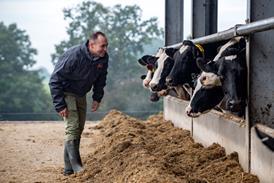
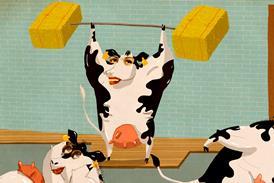
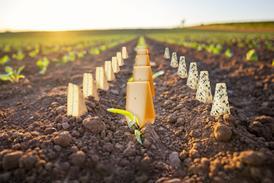
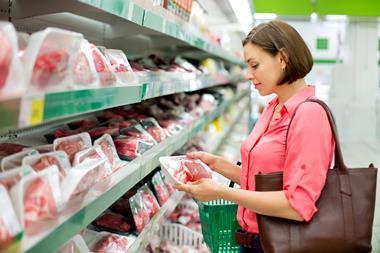
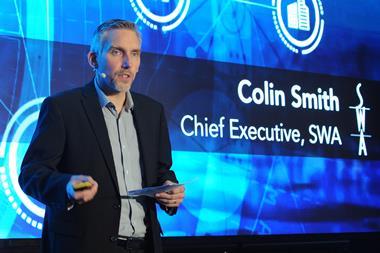

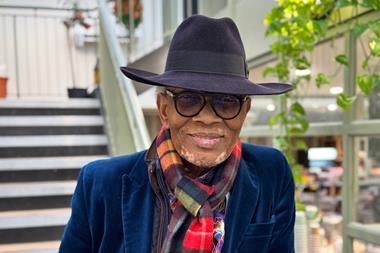
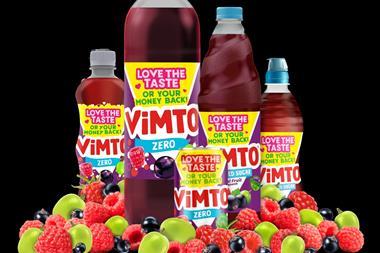

No comments yet